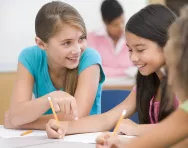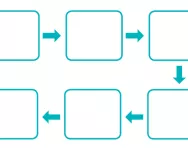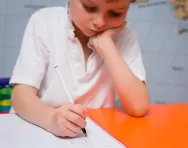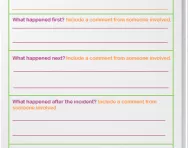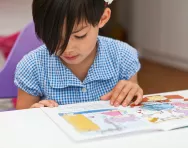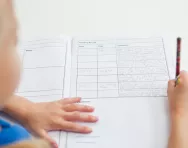Important update from TheSchoolRun
For the past 13 years, TheSchoolRun has been run by a small team of mums working from home, dedicated to providing quality educational resources to primary school parents. Unfortunately, rising supplier costs and falling revenue have made it impossible for us to continue operating, and we’ve had to make the difficult decision to close. The good news: We’ve arranged for another educational provider to take over many of our resources. These will be hosted on a new portal, where the content will be updated and expanded to support your child’s learning.
What this means for subscribers:
- Your subscription is still active, and for now, you can keep using the website as normal — just log in with your usual details to access all our articles and resources*.
- In a few months, all resources will move to the new portal. You’ll continue to have access there until your subscription ends. We’ll send you full details nearer the time.
- As a thank you for your support, we’ll also be sending you 16 primary school eBooks (worth £108.84) to download and keep.
A few changes to be aware of:
- The Learning Journey weekly email has ended, but your child’s plan will still be updated on your dashboard each Monday. Just log in to see the recommended worksheets.
- The 11+ weekly emails have now ended. We sent you all the remaining emails in the series at the end of March — please check your inbox (and spam folder) if you haven’t seen them. You can also follow the full programme here: 11+ Learning Journey.
If you have any questions, please contact us at [email protected]. Thank you for being part of our journey it’s been a privilege to support your family’s learning.
*If you need to reset your password, it will still work as usual. Please check your spam folder if the reset email doesn’t appear in your inbox.
What is brainstorming?

What is brainstorming?
Brainstorming is a process whereby a question or problem is posed, then a group of people give ideas which are noted by a scribe, who writes them down for the group to see.
This process can be used by adults during training sessions, but is also used by teachers, wanting to gather and share ideas from their class with a view to helping them produce a quality piece of writing.

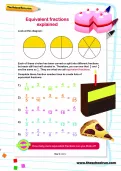
Start a unique learning programme!
- Weekly programme for each school year
- Worksheets sent direct to your inbox
- Keeps your child's learning on track
For example: a teacher may want children to write a description of the troll in 'Three Billy Goat's Gruff'. They may either have a blank whiteboard or flipchart ready to jot ideas down, or they may have prepared a frame to organise information as follows:
- What does he look like?
- What sounds does he make? What does he say?
- What does he smell like?
- How does he feel?
A teacher could go though each element in turn, asking children to talk to their partners about the different elements of the troll.
All ideas would be jotted down and the teacher might try to elicit more information from the children to extend their ideas, for example: a child may say that the troll feels angry.
The teacher might try to draw their attention to physical feelings as well: 'He spends a lot of time sitting in water, how do you think that makes him feel?'
They may also encourage children to extra describing words to the words they have chosen, so if they say he roars, a teacher might say 'How does he roar?' to which the children may answer 'loudly', 'viciously' or 'stupidly'.
The follow-on activity from this may be to write a paragraph describing the troll, using the notes that have been gathered on the board.
Brainstorming is an excellent way of pooling ideas so that children are provided with a range of rich vocabulary to use in their writing.


